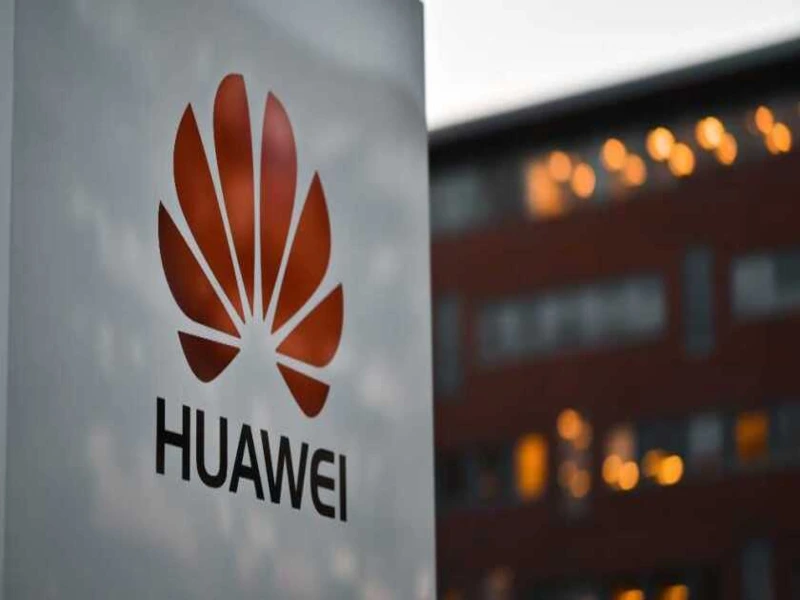- Huawei deploys 5G-A network to operate driverless electric mining trucks at a vast open-pit coal mine in China.
- The network enhances operational efficiency and safety, supporting over 100 connected vehicles in real time.
What happened: Huawei’s 5G-A network enables real-time control of over 100 electric driverless trucks at major Chinese coal mine.
Huawei has activated a 5G-Advanced (5G-A) network to control autonomous electric mining trucks at the Pingshuo Coal Mine in Shanxi Province, northern China. The deployment supports more than 100 driverless vehicles operating simultaneously across the 62-square-kilometre open-pit site, one of the largest in Asia.
According to iTWire, Huawei worked with China Mobile and mining automation specialist Sany to implement the network, which enables remote operation and real-time vehicle monitoring. The 5G-A infrastructure, using Time Division Duplex (TDD) spectrum, delivers downlink speeds of 1.7Gbps and latency as low as 4 milliseconds, enabling precise navigation and coordination.
The trucks are powered by electricity and follow predetermined routes while being supervised from a central control room. Huawei says the system reduces the need for human drivers, enhances worker safety and increases fuel efficiency.
Also Read: US warns against Huawei AI chips
Also Read: EU Parliament hit by Huawei-linked corruption probe
Why this is important
The deployment marks a significant shift in how mining operations can be managed, particularly in high-risk or remote environments. The use of 5G-A enables a tightly synchronised, low-latency network infrastructure capable of handling the data needs of industrial automation. Huawei claims this is the first commercial 5G-A deployment for large-scale mining.
The move also highlights China’s broader ambitions in combining digital infrastructure with industrial upgrades, especially in high-carbon sectors like coal. The Chinese government has increasingly pushed for the “new infrastructure” initiative, which prioritises 5G, AI, and industrial internet integration. Companies like Sany are central to this vision, as they design and produce the autonomous trucks used in the operation.
Critics may note concerns over surveillance and dependence on Chinese tech in sensitive infrastructure. Still, from a technical standpoint, Huawei’s 5G-A application in heavy industry demonstrates a mature use case of next-generation connectivity. Globally, similar trends are emerging. In Australia, BHP and Rio Tinto have piloted autonomous trucks with LTE networks and local edge computing systems, though not yet with 5G-A level capabilities.

